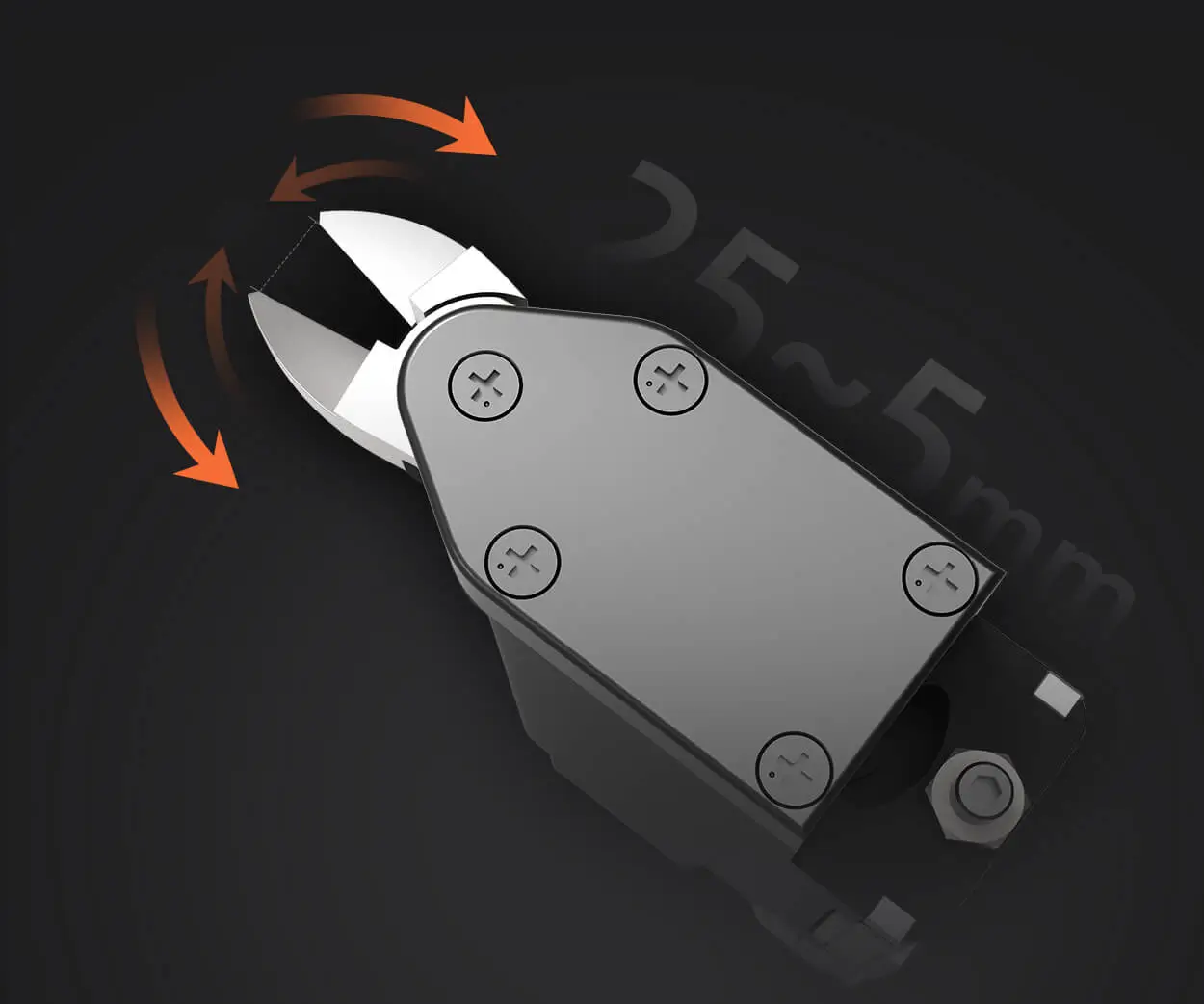In the realm of electronics, robotics, and DIY creativity, tiny components often make the biggest impact. Among these, the SG90 9G micro servo stands out as a shining example of precision engineering packed into a compact design. Whether you're a seasoned robotics enthusiast, a beginner exploring the world of automation, or a student tinkering with microcontrollers like Arduino or Raspberry Pi, the SG90 offers an affordable, reliable, and versatile solution for a multitude of projects.

The Rise of Micro Servos: Why the SG90 Stands Out
The term "micro servo" resonates deeply within the maker community, signifying miniature servomotors capable of precise movement in tight spaces. The SG90 9G micro servo, in particular, has gained immense popularity due to its affordability, ease of use, and dependable performance. It is designed to deliver swing angles typically around 180 degrees, with a torque capacity around 1.8 kg/cm, making it suitable for a variety of lightweight applications.
What makes the SG90 such a staple in hobby electronics? It's primarily its size. At approximately 22.5mm x 12.2mm x 23mm, and weighing just about 9 grams, this servo can fit into projects where space is a premium. Its lightweight nature ensures minimal impact on mobile robots or delicate mechanical setups, all while delivering accurate positional feedback essential for control systems.
Design and Construction
The SG90's design incorporates a small brushed motor integrated with a gear train—usually made of plastic—to transmit torque efficiently. Its core features include a coreless motor, which spins the servo's output shaft, and potentiometers that provide feedback on position, creating a closed-loop control system.
This integration results in a servo that is simple to operate yet highly precise within its range. The device receives a PWM (Pulse Width Modulation) signal, with the width of the pulse determining the position of the arm or lever attached to its output shaft. Typically, a 1ms pulse corresponds to 0 degrees, while a 2ms pulse reaches 180 degrees, with other angles proportionally mapped.
Applications Galore
Thanks to its compact size, the SG90 is ideal for a broad range of projects:
Robotics: From robotic arms to humanoid robots, the SG90 provides smooth joint movements at a low cost. Its lightweight makes it perfect for mobile robots where every gram counts. Animatronics and Moving Props: Its precise control enables expressive face dolls, moving eyes, or even mechanical creatures. Prototyping and Education: It's a favorite among educators introducing students to servo control, microcontroller integration, and mechanical design. Drones and RC Vehicles: Due to its small size, it can be used to control camera pan-tilt mechanisms or small rudders.
Key Features and Specifications
Operating Voltage: Usually 4.8V to 6V, compatible with common microcontrollers. Torque: Around 1.8 kg/cm at 4.8V, useful for light-duty tasks. Speed: Approximately 0.1 seconds per 60° at no load. Control Signal: PWM, standard 20ms period with variable pulse width. Lifecycle: Typically designed to handle about 10,000 to 15,000 cycles.
Getting Started with SG90
Connecting and controlling the SG90 is straightforward—especially if you're familiar with Arduino or other microcontrollers. The key steps include:
Power supply: Connect the servo to a 5V power source, ensuring your microcontroller's 5V pin can supply enough current (most small servos draw about 700mA at peak). Signal connection: Use a digital PWM pin to send control signals. Programming: Utilize libraries like Servo.h in Arduino IDE to set angles dynamically.
However, it's worth noting that sometimes the SG90 exhibits jitter or positional inaccuracies if not properly managed. Using a dedicated power supply for servos, verifying your PWM signals, and implementing proper code buffering can help prevent such issues.
Leveraging innovations in modular drive technology, Kpower integrates high-performance motors, precision reducers, and multi-protocol control systems to provide efficient and customized smart drive system solutions.




































